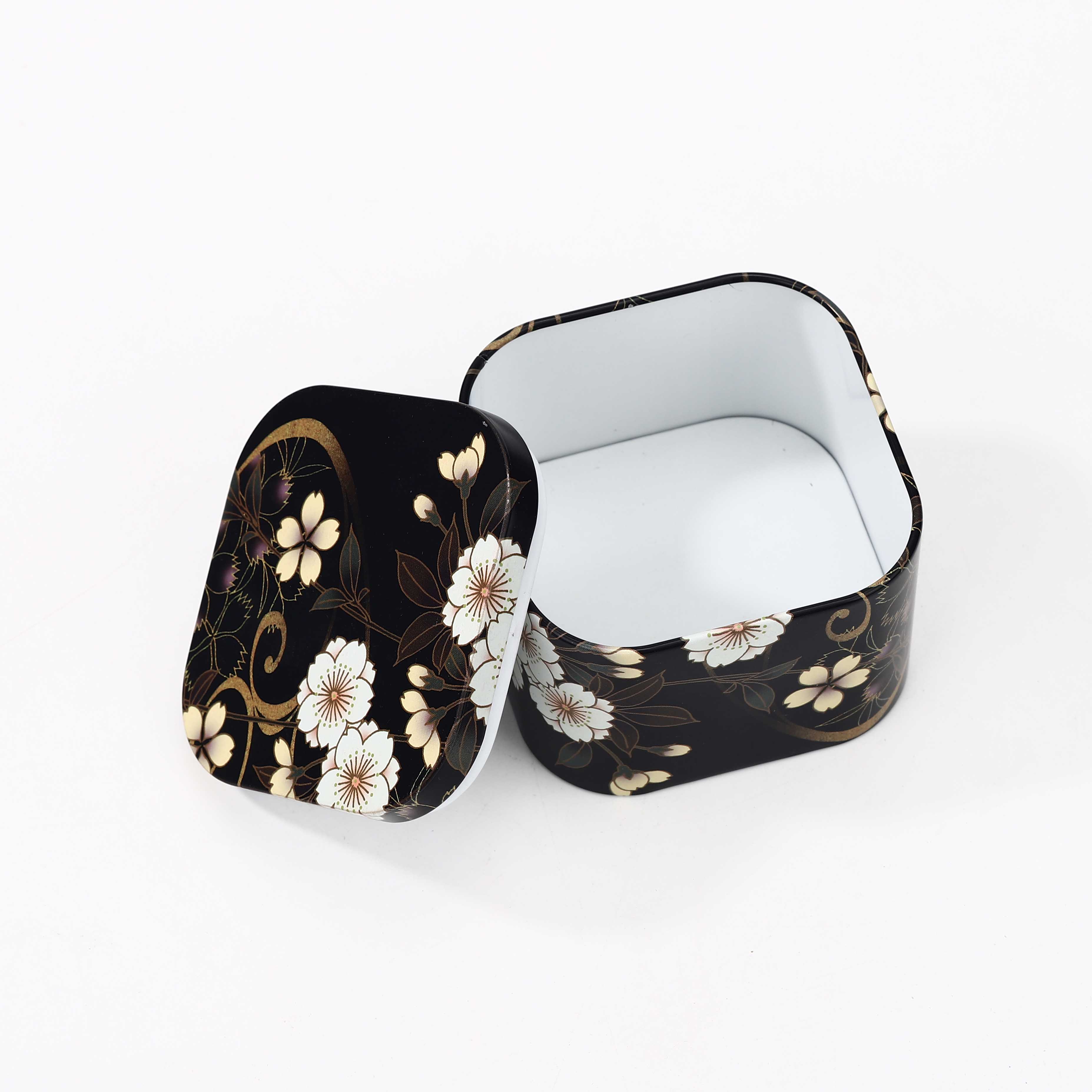Dec . 30, 2024 09:42 Back to list
paint can sizes
Understanding Paint Can Sizes A Comprehensive Guide
When embarking on a painting project, whether it's refreshing a room, applying a new coat to your home's exterior, or crafting artwork, one crucial decision is selecting the right paint can size. Understanding the available sizes can significantly impact your project's efficiency, cost, and outcome.
Paint cans come in various sizes, typically measured in gallons and quarts, catering to both small and large projects. The most common sizes include the 1-quart, 1-gallon, and 5-gallon cans, each serving specific needs.
1 Quart Size The 1-quart paint can is ideal for small jobs, such as touch-ups, minor repairs, or painting a piece of furniture. Its compact size makes it easy to handle and transport, perfect for DIY enthusiasts tackling smaller projects. A quart of paint typically covers around 100 square feet, depending on the surface and application method. This size is perfect for accent walls or small areas, allowing for precision without excess paint waste.
paint can sizes

1 Gallon Size The 1-gallon size is the most versatile and widely used paint can option. It's suitable for medium-sized projects, such as painting a room or a larger piece of furniture. One gallon of paint usually covers approximately 350 to 400 square feet, providing enough coverage for larger areas while remaining manageable. This size is often the go-to choice for homeowners and professional painters alike, striking a balance between quantity and cost.
5 Gallon Size For extensive painting tasks, like painting the exterior of a house or completing significant commercial projects, the 5-gallon can is the preferred choice. A 5-gallon bucket can cover around 1,800 to 2,000 square feet, making it an efficient option for large areas. While the initial investment is higher, buying in bulk can be cost-effective. This size is favored by contractors and large-scale projects, ensuring consistent color and finish across vast surfaces.
Choosing the Right Size Selecting the right paint can size not only depends on the size of the project but also on other factors such as color changes and the type of surface being painted. If you're planning to change the color of a room dramatically, purchasing extra paint in a larger size can be beneficial, as it ensures you have enough to complete the job without running out mid-project. Additionally, consider whether you may need to do touch-ups in the future. Having leftover paint, especially in the original can, can make it easier to match the color later on.
Conclusion In conclusion, understanding paint can sizes is essential for effective project planning. Whether you opt for a 1-quart can for small touch-ups, a 1-gallon can for a room makeover, or a 5-gallon bucket for extensive exterior work, choosing the correct size will not only save you money but also enhance your overall painting experience. By assessing the scope of your project and considering future needs, you can ensure that you select the most appropriate paint can size for your work. Savvy DIYers and professional painters alike can benefit from this knowledge, leading to better results and less waste.
-
High-Quality Round Aluminum Box Custom Sizes & Wholesale Prices
NewsJul.08,2025
-
Premium Spice Box – High-Quality Spice Box Product from Leading Factories Inspiring Spice Box Quotes
NewsJul.08,2025
-
Premium Chocolate Oral Box for Gifts & Events Chocolate Oral Box Product Quotes & Factories
NewsJul.08,2025
-
Premium Round Biscuit Tin Box – Custom Product, Quotes & Factory Direct Supply
NewsJul.07,2025
-
Car Box Durable Storage Solutions for Vehicles Reliable Car Box Product Quotes from Leading Factories
NewsJul.07,2025
-
5 Gallon Metal Bucket with Lid Suppliers & Exporters – Durable & Secure Storage Solutions
NewsJul.07,2025























